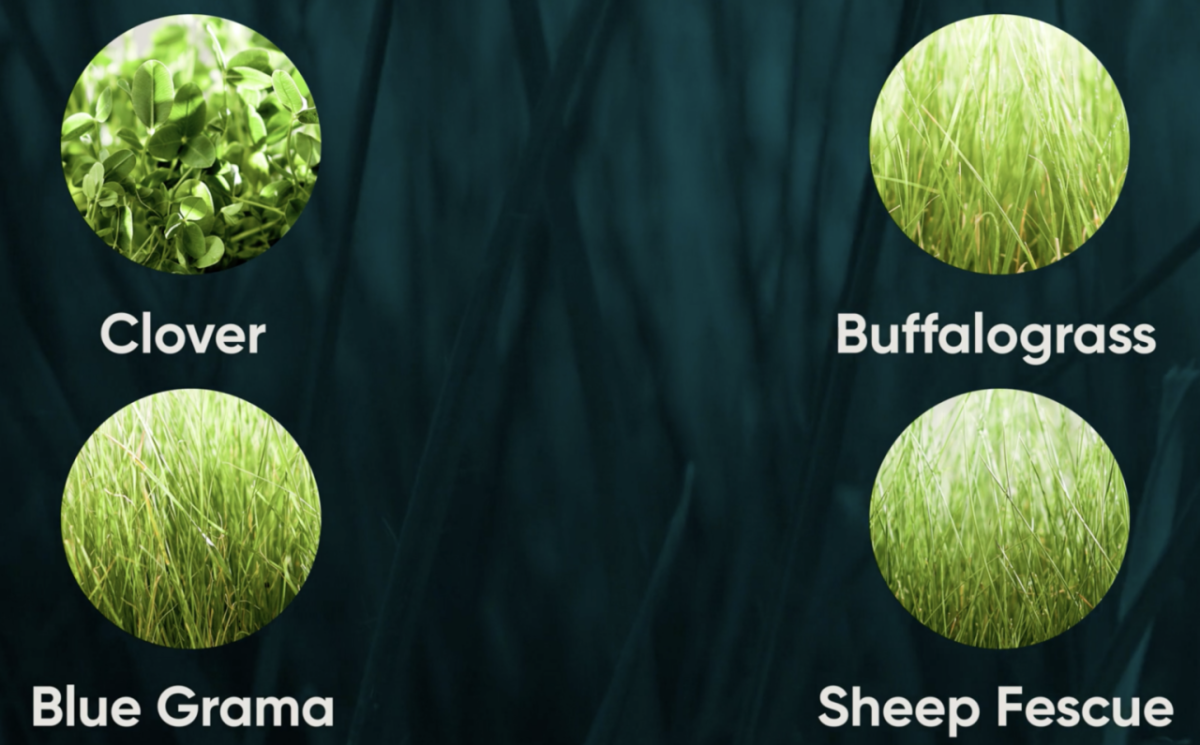Where Sponge Cities and Backyards Meet - with ScottsMiracle-Gro
Published 09-13-24
Submitted by Scotts Miracle-Gro
There are endless possibilities to what a lawn can be, and we believe that caring for it responsibly is essential. Expanding beyond the backyard, the definition of what a modern city can be is also changing. There are walkable cities, 15-minute cities and our personal favorite, sponge cities.
Sponge cities are starting to make headlines in places such as The Los Angeles Times and The New York Times. It’s a concept that is fairly straightforward.
A sponge city addresses the effects of climate change through land use planning and design. It relies on expanding the use of plants, green spaces and natural turfgrass in place of concrete, asphalt and impervious surfaces. Much like a sponge, turfgrass and living plants help absorb rainfall and heat. This helps to retain storm water and enable it to be repurposed. It’s a natural-based solution.
Why are sponge cities getting so much attention?
As climate change and persistent drought impact regions of the country, people and communities are rethinking how they use water and whether they can take steps to help preserve it. This has led some communities to look at lawns not as a benefit to the environment but rather as a threat. This thinking centers on an unsupported notion that water resources can be better preserved if you remove turf and other living things.
Some communities have gone as far as restricting the use of turfgrass and green spaces, thinking such actions will save water resources. Others have even launched programs that incentivize homeowners to remove their lawns in favor of hardscapes.
The reality is sponge cities are a better approach to dealing with climate change and its impacts.

Why are sponge cities a better alternative?
Living things bring many more benefits than non-living things, and this is critically important to remember when it comes to dealing with the effects of climate change ranging from excessive flooding to drought. Plants and turfgrass absorb water, while hard surfaces create more water runoff. Sponge cities further support the buildup of groundwater.
Sponge cities also reduce the urban heat island effect that happens when cities replace natural land with streets and other hard surfaces that actually absorb and retain heat. Heat islands can in some cases be 15 to 20 degrees warmer than rural areas at peak times of the day. A sponge city approach can help reduce those temperatures.
What are other benefits to turfgrass beyond the sponge city effect?
There are additional environmental benefits to turfgrass that are less overt. Specific functional benefits of turfgrass include soil improvement and CO2 conversion. In fact, a well-fed lawn removes two times the amount of carbon from the air in a single year than a tree captures in 10 years.
What’s the big takeaway for individual homeowners?
Consumers should keep in mind that the very definition of a lawn is changing, and there are ways to care for it in a responsible way. Removing turfgrass and plants, and then replacing them with artificial turf and other hardscapes is not environmentally friendly.

How can people do their part to contribute positively to the environment and the sponge city effect?
People can do their part by planting, growing and supporting living things around their homes and yards. You can fill your yard with all types of plants to promote sustainability and biodiversity while reducing flooding and heat island effects.
There are more turfgrass options than ever for people to do this no matter where they live, even if they are in drought areas of the country.
Clover is an alternative ground cover option that requires less maintenance, water, mowing and fertilizer compared to traditional turfgrass varieties. Buffalograss, blue grama, sheep fescue and dichondra are additional ground cover options that can also provide low maintenance, less water or drought tolerant benefits.
Using living things and varieties of plants in people’s yards helps to create a mini version of a sponge city right at home.
Sponge cities, for the win
If it wasn’t clear, sponge cities are clear winners in our book, though we love walkable and 15-minute cities, too.
About ScottsMiracle-Gro
With approximately $3.6 billion in sales, the Company is the world’s largest marketer of branded consumer products for lawn and garden care. The Company’s brands are among the most recognized in the industry. The Company’s Scotts®, Miracle-Gro®, and Ortho® brands are market-leading in their categories. The Company’s wholly-owned subsidiary, The Hawthorne Gardening Company, is a leading provider of nutrients, lighting, and other materials used in the indoor and hydroponic growing segment. For additional information, visit us at www.scottsmiraclegro.com.
View original content here.

Scotts Miracle-Gro
Scotts Miracle-Gro
About ScottsMiracle-Gro
With approximately $3.2 billion in sales, the Company is one of the world's largest marketers of branded consumer products for lawn and garden care. The Company's brands are among the most recognized in the industry. The Company's Scotts®, Miracle-Gro® and Ortho® brands are market-leading in their categories. The Company’s wholly-owned subsidiary, The Hawthorne Gardening Company, is a leading provider of nutrients, lighting and other materials used in the indoor and hydroponic growing segment. For additional information, visit us at www.scottsmiraclegro.com.
More from Scotts Miracle-Gro

